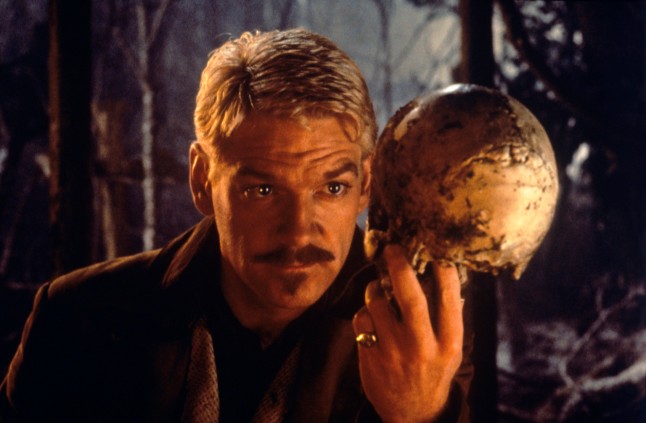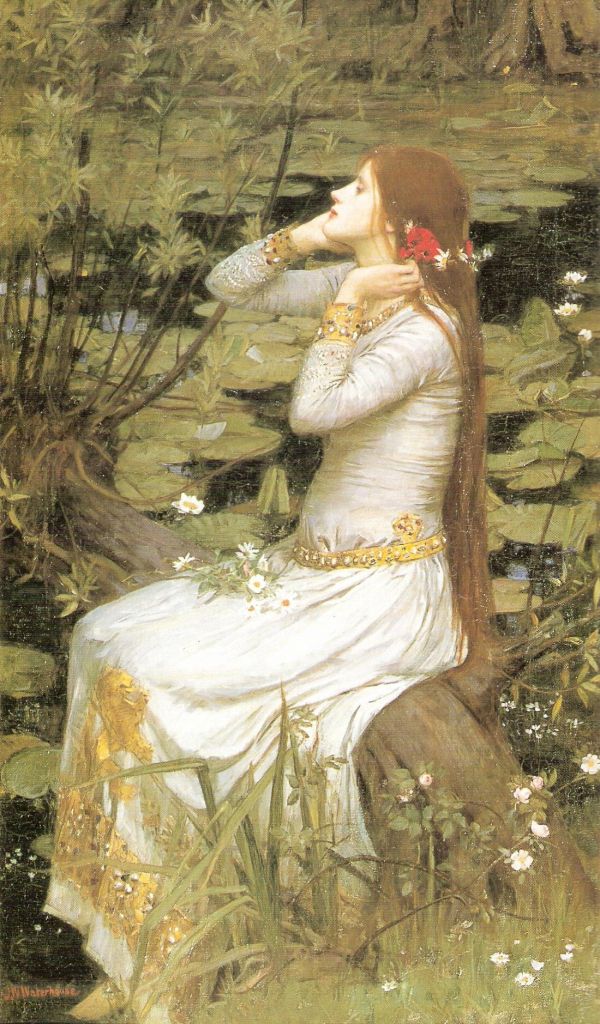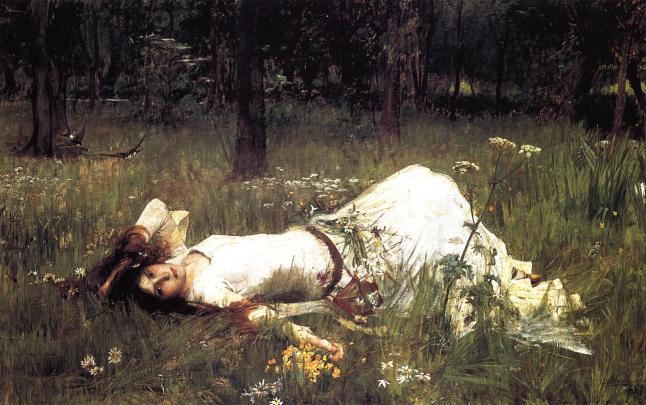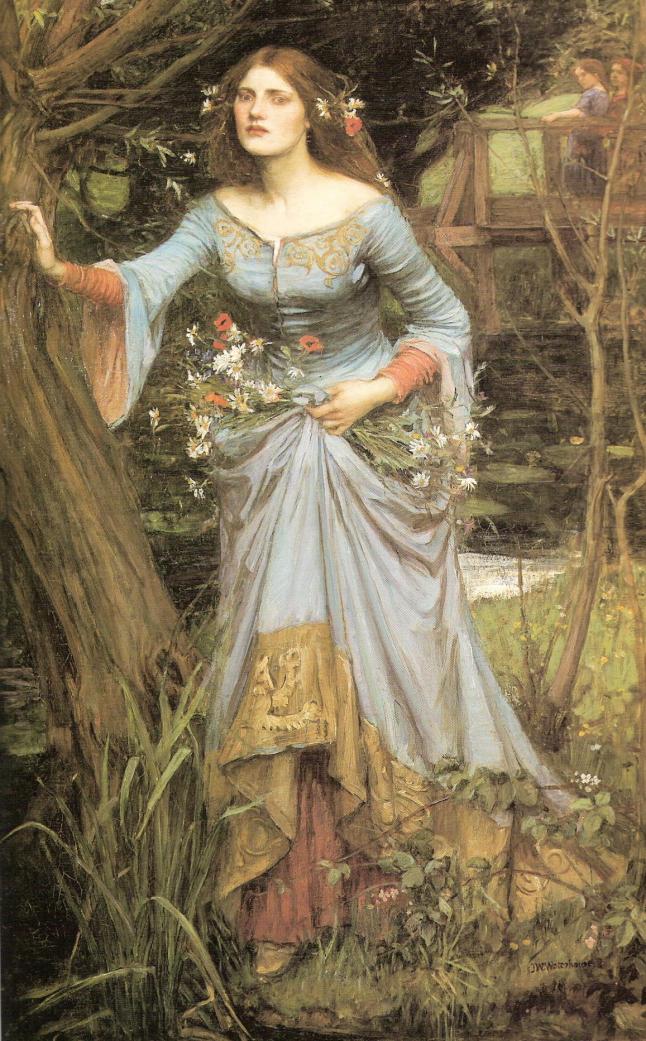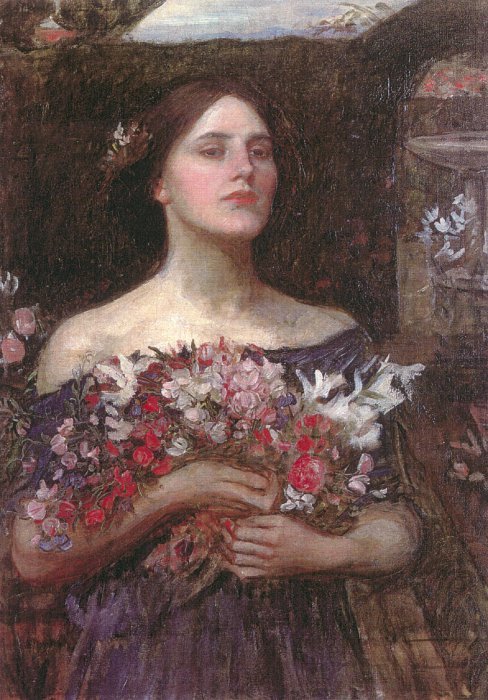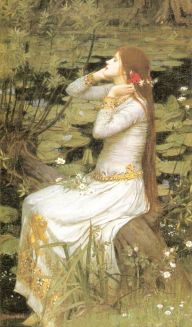^Best title ever, right? 😉
The following post contains spoilers.
- Parent-child relationships are central to Hamlet (by William Shakespeare). What do these relationships suggest about the roles of parents? About the roles of children? What about step-parents?
I feel that the relationships between parents and children in Hamlet suggest that children are meant to show great respect to or for their parents. In other words, they are supposed to see their parents in high regard and treat them as highly.
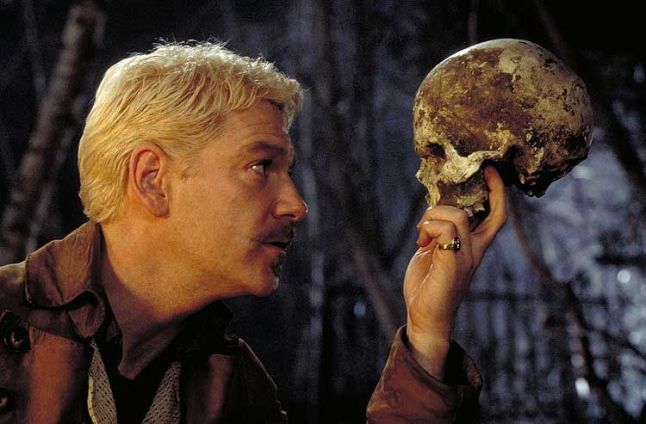
When Hamlet’s father died, he was outraged at his mother’s remarriage to Claudius, his uncle, not only because it was only two (if even) months after his father’s death, but also because Claudius’ presence overthrew his whole world: he was forbidden from returning to college, he was ordered to forget his grief and to accept Claudius as his new father, and even his own friends were spying on him (Rosencrantz and Guildenstern).
Now, the appearance of the ghost certainly did no wonders for Hamlet retaining his sanity, but it definitely solidified the evidence that Hamlet greatly respected his father (labelling it simply as love does not quite explain it fully; after all, you can love someone and not respect them or vice versa). Although he does not quite believe in the ghost at first, he quickly decides to “take the ghost’s word for a thousand pound” after Claudius ran away from the play he orchestrated (The Mousetrap) (III.ii.292-293).
So, you just told us Hamlet’s life story… your point? Well, as soon as he believes in the ghost, Hamlet begins to craft a big elaborate scheme to both prove Claudius guilty of killing his father and succeed with his revenge. He even goes so far as to pass up a perfectly good opportunity to kill Claudius to ensure that “his soul may be as damned and black as hell, whereto it goes” (III.iii.94-95). This reveals how devoted Hamlet is to revenging his father (and maybe also getting back at Claudius). Now, usually a person will take revenge for someone else if they respected them greatly or had some other close relationship with them, so I am assuming that Hamlet follows those general guidelines.
In Ophelia’s case, she gave up on Hamlet because her father, Polonius, “advised” (told) her not “to give words or talk with the Lord Hamlet” (I.iii.134). Afterwards, she is frightened when Hamlet approaches her seemingly in his madness, but continues to do as her father bid her, even though she says she loves him. To me, that at least shows that she is obedient and obedience normally requires a certain level of respect for the one you are obeying or, at the very least, a sense of inferiority.

Fortinbras is very similar to Hamlet in that his goal is to take back land from Denmark that his father had previously lost (and most likely died defending) as a form of revenge… or redemption. Anyway, since Denmark had quite a few good connections and his own uncle (the old king of Norway, old meaning elderly) did not support him, it is implied that he had some form of respect or sense of responsibility inherited from his father to get the land back.
Pretty much, the children are meant to obey their parents over following through with their own thoughts and opinions. Although, the main exceptions seem to be when it came to their mothers. As seen with Gertrude, Hamlet did not particularly respect her, mainly because she married his uncle a short time after his father had died AND his uncle turned out to have murdered his father. He even tells her that despite her being his mother, he “would it were not so” (III.iv. 17).
In Ophelia, Laertes, and Fortinbras’ cases, their mothers are simply never in the picture, so there isn’t really anything to compare with them.
As far as step-parents… well, to keep it short and sweet, the play suggests that they tend to be disrespected and disliked, especially when they try to become an influence to replace the dead parent (like when Claudius told Hamlet to think of him as his father and forget his grief).
